Training event shows 240 laborers how to safely operate new equipment
BALTIMORE, MD - Each May, newly hired longshoremen and women saddle up for the Ro-Ro Rodeo at the Helen Delich Bentley Port of Baltimore.
Instead of wrangling cows and bucking broncos, 240 laborers learned how to tame everything from a CAT to a John Deere, which were among the 30 new models of farm and construction equipment brought in for the event held May 7-8 at the Port’s state-owned Dundalk Marine Terminal. The Port of Baltimore is the only U.S. port to have an annual widespread training event like this for Ro-Ro, demonstrating its commitment to customers to be No. 1 in quality and volume.
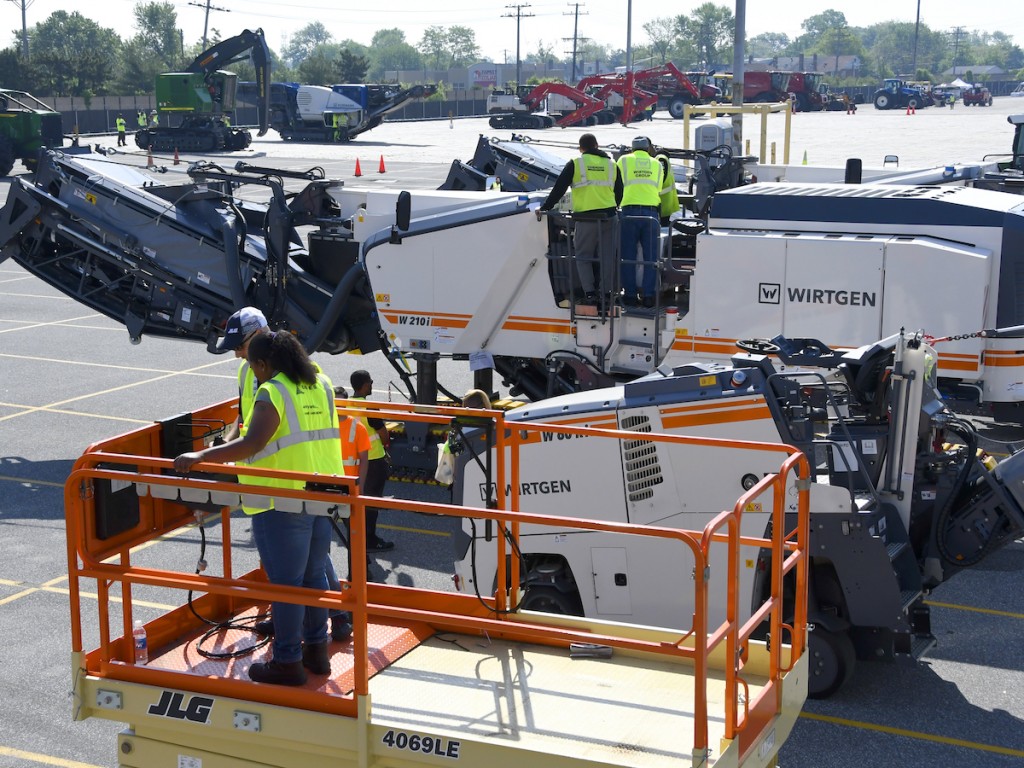
“The Port of Baltimore doesn’t take for granted our No. 1 ranking for importing and exporting automobiles and ro-ro equipment, and the Ro-Ro Rodeo is one example of that. The real credit for this event belongs to the entire port community who continues to support this event, now in its 23rd year,” said Jeffrey Gutowski, manager of quality and rail operations for the MDOT MPA. “This commitment to quality tells our customers that we appreciate their business and are committed to ensuring the safe handling of their cargo as it moves through the port. At the Port of Baltimore, our actions speak louder than our words and that is demonstrated daily by the port community’s commitment to quality.”
Produced in cooperation with the International Longshoremen’s Association, Steamship Trade Association and the Maryland Department of Transportation Maryland Port Administration (MDOT MPA), the Ro-Ro Rodeo is in its 23rd year. Longshoremen visited each station at the rodeo and had a passport stamped to show their progress. One station challenged longshoremen to operate a Case CX30C Mini Excavator around a course, leading up a ramp between two containers to simulate the tight turns and spaces needed to maneuver in a Ro-Ro carrier.
Representatives from more than 10 manufacturers donate their time to train laborers how to start and stop the equipment, control attachments like a backhoe and to turn with precision to safely load and unload Ro-Ro. Trainers from manufactures including CNH Industrial, LBX Co., JLG Industries and others worked side-by-side showing longshoremen the ropes.
Subaru, Mercedes and Toyota also made vehicles available for a lashing station where workers demonstrate how to properly secure and unsecure a car from a Ro-Ro carrier or flatbed.
The concept was born out of the Port’s Quality Cargo Handling Action Team (QCHAT) where stakeholders help implement best practices for safety, efficiency and ensuring cargo is handled damage-free.
Last year, the Port of Baltimore handled 818,752 tons of Ro-Ro, maintaining its No.1 position among U.S. ports. So far this year, the Port is up 19 percent for its Ro-Ro business. The Port’s public and private terminals also combined for a record 850,147 cars and light trucks handled in 2018.
Overall, the Port ranks ninth among all ports for the total dollar value of cargo and 11th in foreign cargo tonnage.
Business at the Port of Baltimore generates more than 15,300 direct jobs, with more than 139,000 jobs in Maryland linked to Port activities. The Port is responsible for $3.3 billion in personal income and nearly $400 million in state and local tax revenues.
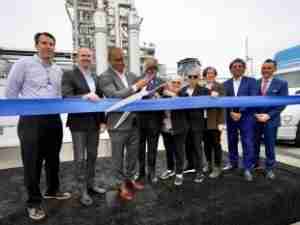
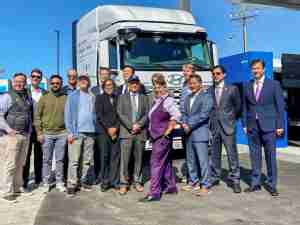
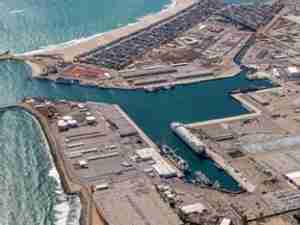

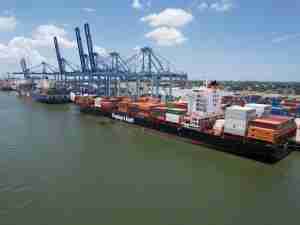

_-_28de80_-_58820516bd428ab3fd376933932d068c43db9a4a_lqip.jpg)



